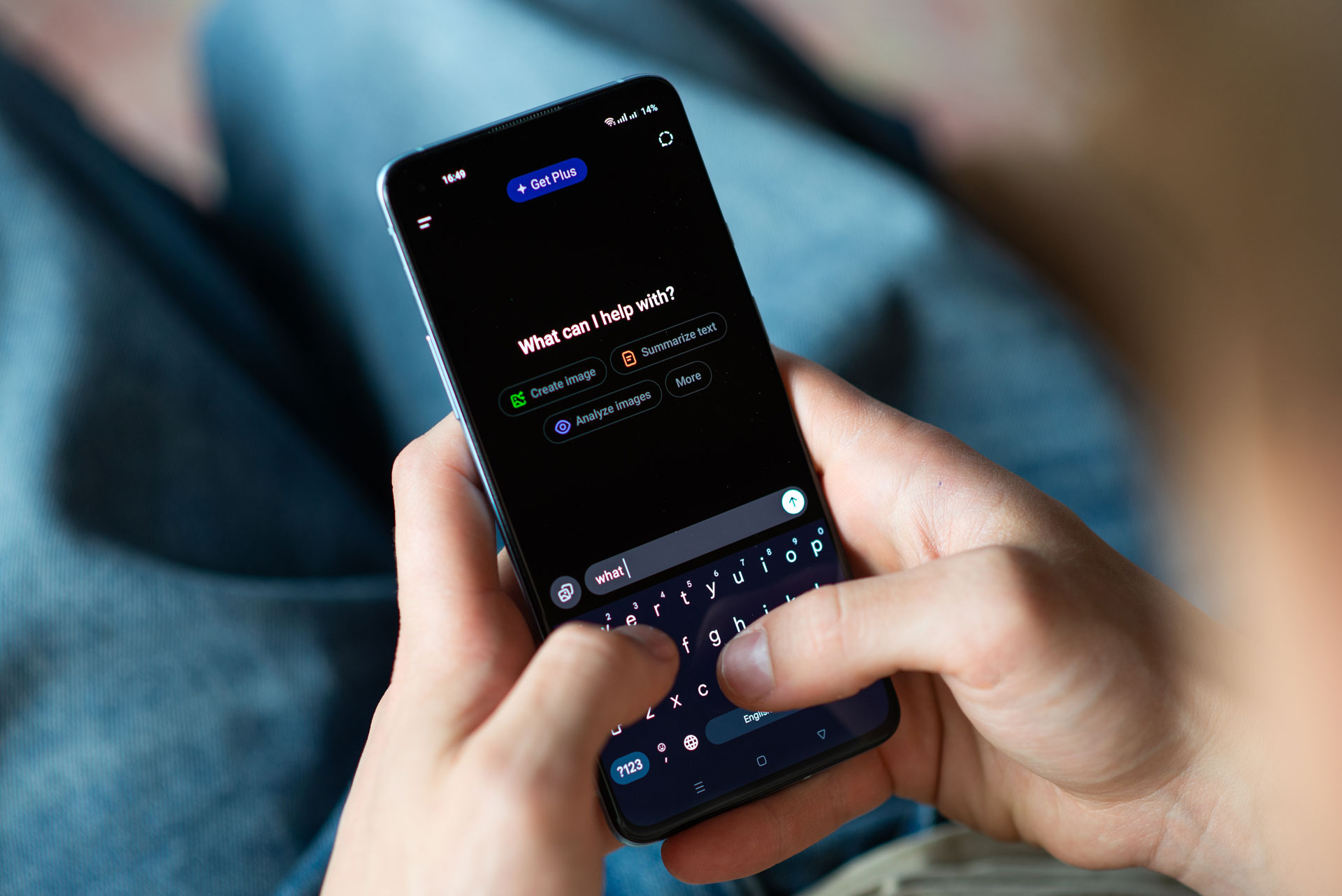Ideas Post
Color Psychology in Web Design: Ignite Emotions & Drive Engagement
Color Psychology in Web Design reveals how strategic color choices spark emotions and drive user engagement for a tribe-worthy brand experience.

When it comes to web design, color isn’t just decoration—it’s a dynamic tool that sparks emotions and guides user behavior. We at Tribu believe that every color choice is a conversation, a chance to connect with your audience in a human, energetic way.
The Power of Colors
Colors are the unsung heroes behind every memorable website. They create trust, excitement, calm, and even urgency. With the right palette, you can influence how users feel and interact with your site. Here’s how we use color psychology to drive brand engagement:
- Emotional Impact: Colors speak directly to your audience’s emotions.
- User Behavior: A well-chosen color scheme directs user attention and boosts conversions.
- Visual Storytelling: Colors enhance your visual identity, a service we subtly weave into our projects.
Warm vs. Cool Colors
Warm Colors
- Examples: Red, orange, yellow
- Vibe: Energetic, passionate, and attention-grabbing.
- When to Use: Ideal for calls to action or areas where you want to evoke excitement and urgency.
Cool Colors
- Examples: Blue, green, purple
- Vibe: Calm, trustworthy, and professional.
- When to Use: Great for building trust and a sense of reliability, perfect for showcasing your brand’s stability.
Effective Color Schemes for a Tribe-Worthy Website
Choosing the perfect color scheme is about balance and authenticity. Here are four go-to combinations that have a real emotional impact:
1. Monochromatic Scheme
- Description: Variations of a single hue create a serene, elegant look.
- Psychological Impact: Calmness, balance, and sophistication.
2. Complementary Scheme
- Description: Colors directly opposite on the color wheel provide vibrant contrast.
- Psychological Impact: Vibrancy, emphasis, and energy that draws attention to key elements.
3. Analogous Scheme
- Description: Side-by-side colors on the wheel offer natural harmony and flow.
- Psychological Impact: Unity, tranquility, and seamless visual storytelling.
4. Triadic Scheme
- Description: Three evenly spaced colors deliver a playful yet balanced aesthetic.
- Psychological Impact: Dynamic energy, balance, and a fresh look that resonates with modern brands.
Real-World Inspiration
Even global brands harness the magic of color psychology:
- Apple: Uses a minimalist, monochromatic palette to express sophistication and clarity.
- Coca-Cola: Combines bold reds with crisp whites to evoke excitement and timeless energy.
At Tribu, we infuse these principles into every project—from visual identity to web design—creating experiences that are as engaging as they are effective. We know that a color isn’t just a choice; it’s a chance to build a brand that feels like home to your tribe.
Ready to Transform Your Web Presence?
Integrate these color psychology tips into your next project and watch your website come alive with personality and purpose. Whether you’re looking to refresh your visual identity or need a full brand strategy overhaul, we’re here to help you craft an experience that truly resonates. Contact us today and start building a tribe-worthy brand!
Let's build a tribe together
Ideas, Ideas, Ideas
Featured Work
We don’t just deliver - we make a difference.
Here’s a look at some of our most impactful branding, web, and campaign work. These aren’t just projects - they’re proof of what’s possible when bold ideas meet the right tribe.












